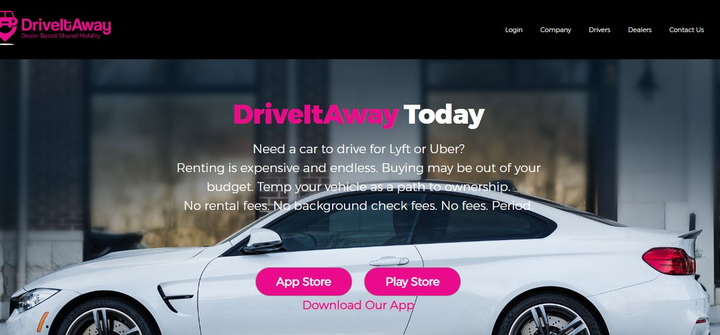Volkswagen MOIA electric ride-pooling van
In automotive electronics news that doesn't come from this week's CES, Volkswagen announced late last month that it is buying wireless automotive technology from Volvo.
The technology is expected to enable VW's upcoming We car sharing program as well as to allow drivers to control some vehicle functions remotely, which could impact things such as charging for electric cars.
Automakers are scrambling to catch up with Tesla's ability to update cars remotely, and also to enable car-sharing services to compete with companies such as Uber, Lyft, and Google in launching self-driving shuttle and taxi services.
READ THIS: The Apple car to finally hit the road, only it's a VW Bus
The deal is worth $122 million, for Volvo's WirelessCar division, which was founded in 1999, which has been a subsidiary of Volvo since 2007.
Microsoft will also provide wireless services aimed at updating VW cars—and almost certainly first models from VW's luxury divisions, Audi and Porsche—over the airwaves.
DON'T MISS: VW updates I.D. Cargo Buzz with solar for LA Show
The companies plan to develop a secure platform to such updates that won't be vulnerable to the kind of attacks that hackers have demonstrated in principle.
Secure communications and the ability to send commands and updates to cars remotely will be necessary pieces for automated taxi services.
CHECK OUT: Electric car-sharing programs expanding in U.S.
For example, such a service could send updated maps with live construction detours to cars that might venture into areas with weak cellular service.
The sale is expected to be completed in the first half of 2019.
